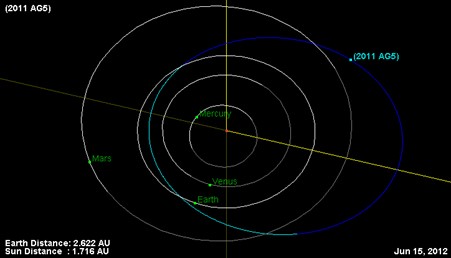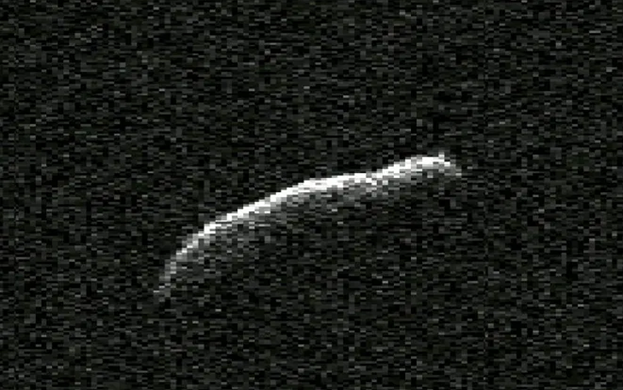by Rida Fatima

(Image Credit: Dall-e)
Mars, our neighboring planet, has long captivated the imagination of scientists, space enthusiasts, and even the general public. With its stark beauty and vast, barren landscapes, it’s a world of contrasts that fascinates and intrigues us. Imagine standing on the edge of a massive volcano or gazing into the depths of a canyon that dwarfs even the Grand Canyon on Earth. Picture yourself exploring the craters and valleys, searching for signs of life or evidence of ancient civilizations. For future tourists, the possibilities are endless, and the adventure is just beginning. While the landing sites for these missions will likely be chosen for safety and practicality, there’s no shortage of interesting geology to explore. Here are just a few of the incredible locations that await the intrepid travelers of the future.
Olympus Mons
Olympus Mons is one of the most fascinating destinations on Mars, and it’s a must-visit for any future Martian tourist. This massive shield volcano towers over the surrounding landscape, rising to a height of 22 kilometers (13.6 miles) above the Martian surface. To put that in perspective, Olympus Mons is nearly three times the height of Mount Everest, the tallest mountain on Earth! The volcano is so massive that its base is over 550 kilometers (340 miles) wide, making it wider than the entire state of Arizona. Standing on the slopes of Olympus Mons, you’ll feel like you’re on top of the world – or at least, on top of a very large mountain! Whether you’re a geology enthusiast or just looking for an awe-inspiring adventure, Olympus Mons is a destination you won’t want to miss.
Tharsis Volcanoes
Tharsis is a volcanic plateau on Mars that’s home to some of the largest and most impressive volcanoes in the solar system. The Tharsis volcanoes are a must-visit destination for any intrepid Martian traveler, offering breathtaking views and fascinating insights into the geology of this amazing planet. The largest volcano on Tharsis is called Arsia Mons, which stands a towering 16 kilometers (10 miles) high. That’s nearly twice the height of Mount Everest! Another fascinating Tharsis volcano is Pavonis Mons, which is surrounded by a mysterious hexagonal pattern that has puzzled scientists for decades. And then there’s Ascraeus Mons, which is home to a gigantic fissure system that stretches for over 1,000 kilometers (620 miles). Whether you’re a geology enthusiast or just looking for an adventure, the Tharsis volcanoes are a destination you won’t want to miss.
Valles Marineris
Valles Marineris is one of the most breathtaking and awe-inspiring destinations on Mars. This massive canyon system is over 4,000 kilometers (2,500 miles) long and up to 7 kilometers (4.3 miles) deep, making it the largest canyon in the solar system. To put that in perspective, Valles Marineris is ten times longer and five times deeper than the Grand Canyon on Earth! But the canyon is not just big – it’s also home to some fascinating geological features. One of the most interesting is the massive cliff known as the “Great Tharsis Ridge,” which is over 7 kilometers (4.3 miles) high and runs for hundreds of kilometers along the eastern edge of the canyon. And if you’re a fan of extreme sports, Valles Marineris offers some truly out-of-this-world experiences – imagine rappelling down the side of a 7-kilometer-deep canyon, or hiking across a Martian landscape that looks like it belongs on another planet entirely! So if you’re looking for adventure, excitement, and some of the most stunning natural scenery in the solar system, Valles Marineris is the destination for you.
The North And South Poles Of Mars
The poles of Mars are some of the most fascinating and unique destinations in the solar system. Unlike the Earth’s poles, which are covered in ice, the poles of Mars are covered in a mixture of ice and frozen carbon dioxide, known as dry ice. This creates a stunning landscape of white and blue, with towering ice cliffs and deep valleys. One of the most fascinating features of the Martian poles is the seasonal changes – in the winter, the poles are shrouded in darkness and extreme cold, while in the summer, they are bathed in sunlight and relatively warm temperatures. The polar regions of Mars are also home to some fascinating geological features, including massive canyons and valleys, as well as the largest volcano in the solar system – Olympus Mons, which is located near the northern pole. And if you’re lucky, you may even catch a glimpse of the stunning auroras that light up the Martian sky.
The Gale Crater and Mount Sharp (Aeolis Mons)
The Gale Crater and Mount Sharp, also known as Aeolis Mons, are two of the most fascinating and scientifically important destinations on Mars. The Gale Crater is a massive impact crater that’s over 150 kilometers (93 miles) in diameter, and it’s home to the Curiosity rover – one of the most advanced robotic explorers ever sent to Mars. Mount Sharp, located at the center of the Gale Crater, is a towering mountain that rises over 5 kilometers (3 miles) above the surrounding landscape. But Mount Sharp is more than just a mountain – it’s a geological time capsule, with layers of sediment that have been laid down over billions of years. By studying these layers, scientists hope to unlock the secrets of Mars’ past, and learn more about the planet’s geology and history. And if you’re looking for adventure, the Gale Crater and Mount Sharp offer plenty of opportunities for exploration and discovery. From hiking across the Martian landscape to studying the rocks and sediments up close, there’s something for everyone on this incredible planet.
The Recurring Slope Lineae in Hale Crater
The Recurring Slope Lineae (RSL) in Hale Crater are some of the most mysterious and intriguing features on Mars. These dark streaks, which appear to flow down the sides of the crater walls during the Martian spring and summer, have puzzled scientists for years. Some believe that they may be evidence of liquid water on Mars, while others think that they may be caused by dry, flowing sand or dust. Whatever their cause, the RSL in Hale Crater offer a tantalizing glimpse into the geological and environmental mysteries of Mars. And if you’re looking for adventure, exploring the RSL in Hale Crater offers a unique and thrilling experience – imagine rappelling down the side of a Martian crater wall, or hiking through the rugged terrain in search of these elusive features.
Ghost Dunes
The ‘Ghost Dunes’ in Noctis Labyrinthus and Hellas basin are some of the most fascinating and enigmatic features on Mars. These dunes, which are believed to be millions of years old, have been preserved as ghostly outlines in the Martian rock. They were likely formed when Mars had a thicker atmosphere and more abundant liquid water, and they offer a glimpse into the planet’s past climate and geology. The dunes are also a reminder of the incredible power of wind on Mars, which is capable of shaping the landscape in ways that are both beautiful and mysterious. And if you’re looking for adventure, exploring the ‘Ghost Dunes’ offers a unique and thrilling experience – imagine hiking through the rugged terrain in search of these ancient formations, or camping under the Martian sky as you marvel at the wonders of the Red Planet.
Conclusion
Exploring the wonders of Mars is an adventure like no other. From towering mountains and vast canyons to mysterious dunes and ghostly outlines of ancient features, the Red Planet is a treasure trove of geological and environmental marvels. Whether you’re a seasoned explorer or a curious traveler, there’s something for everyone on this incredible planet. So pack your bags, grab your spacesuit, and get ready to experience the wonders of Mars. Who knows what discoveries and adventures await us in the future as we continue to explore and unlock the secrets of this fascinating planet!



